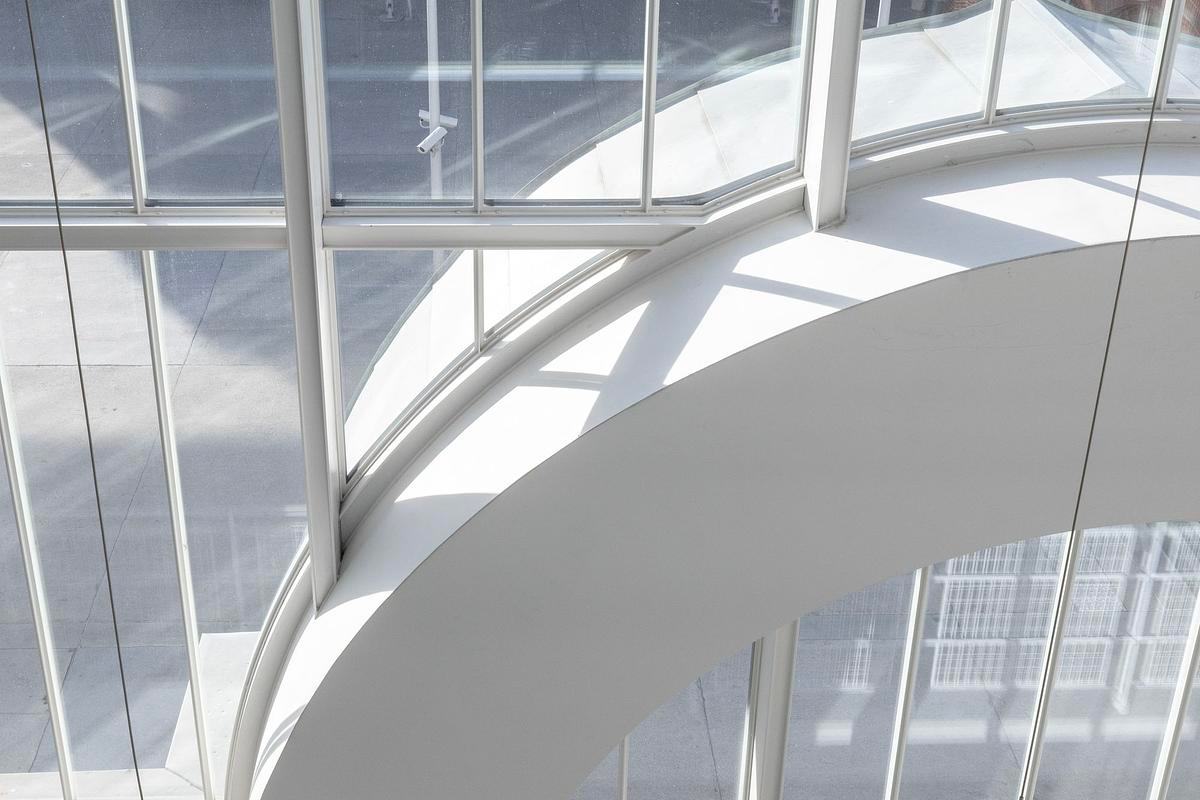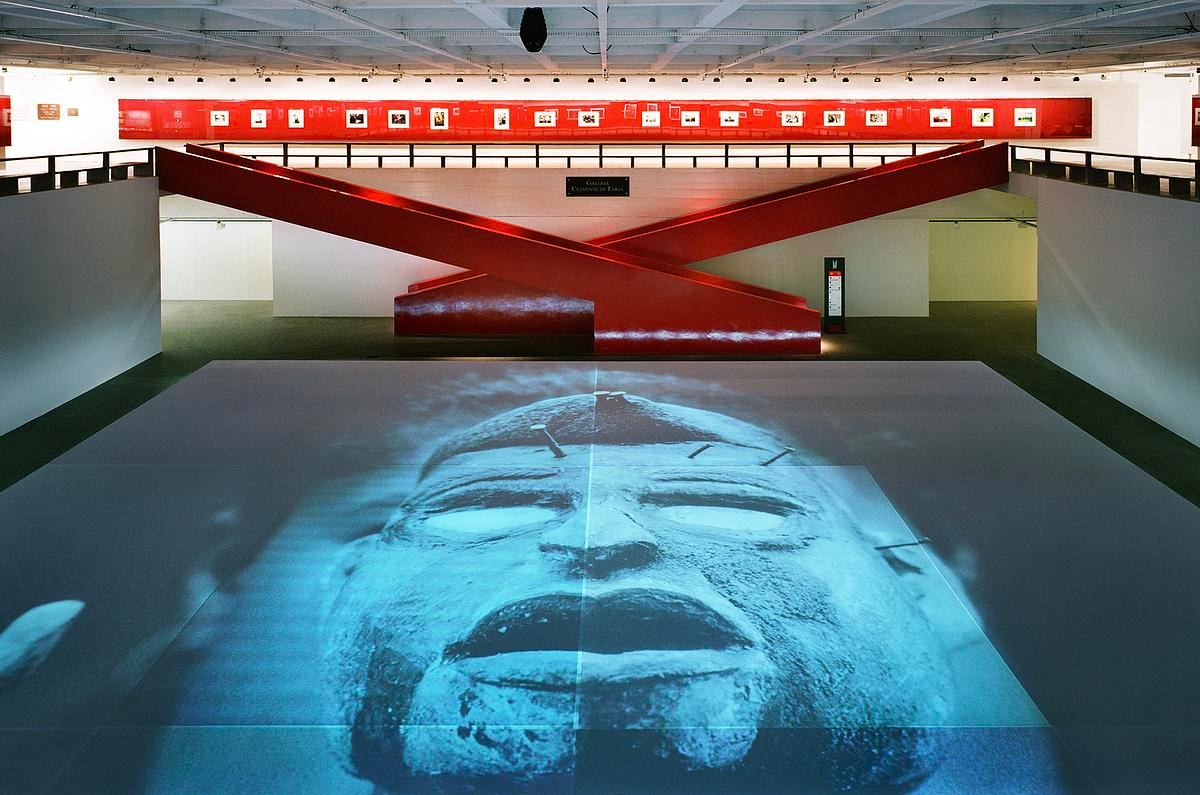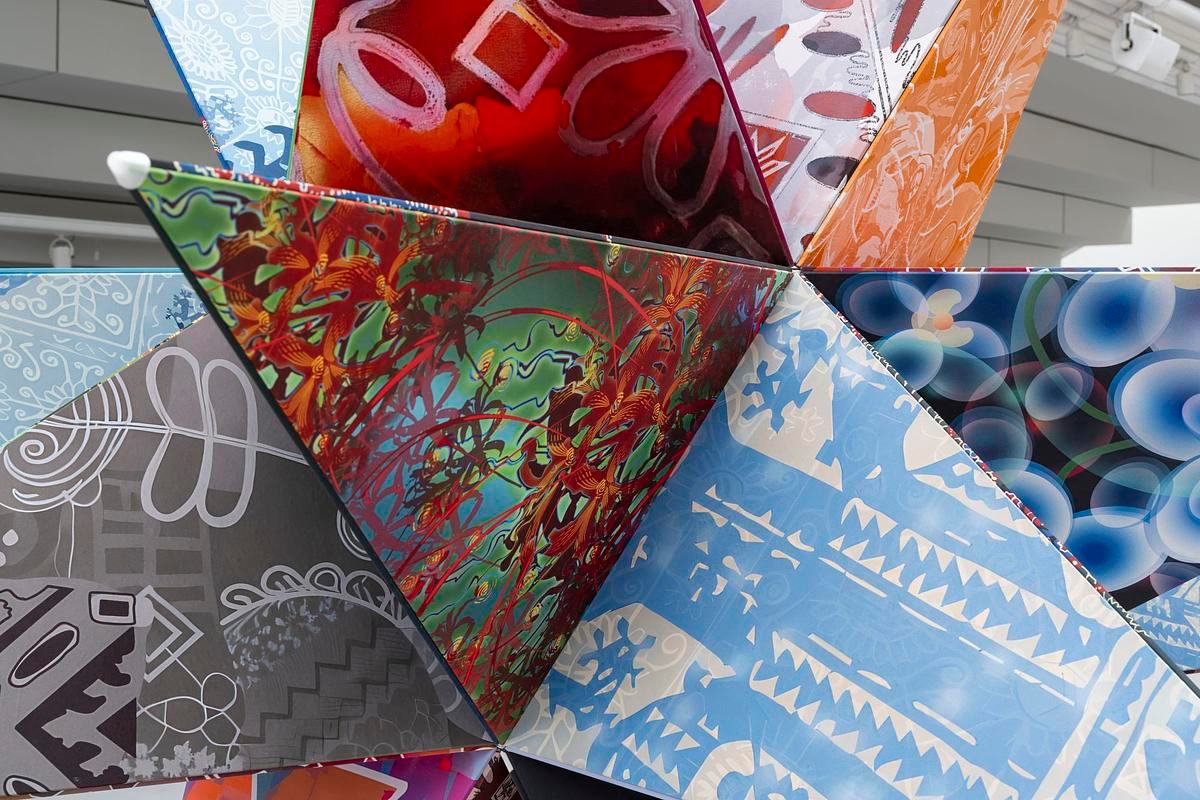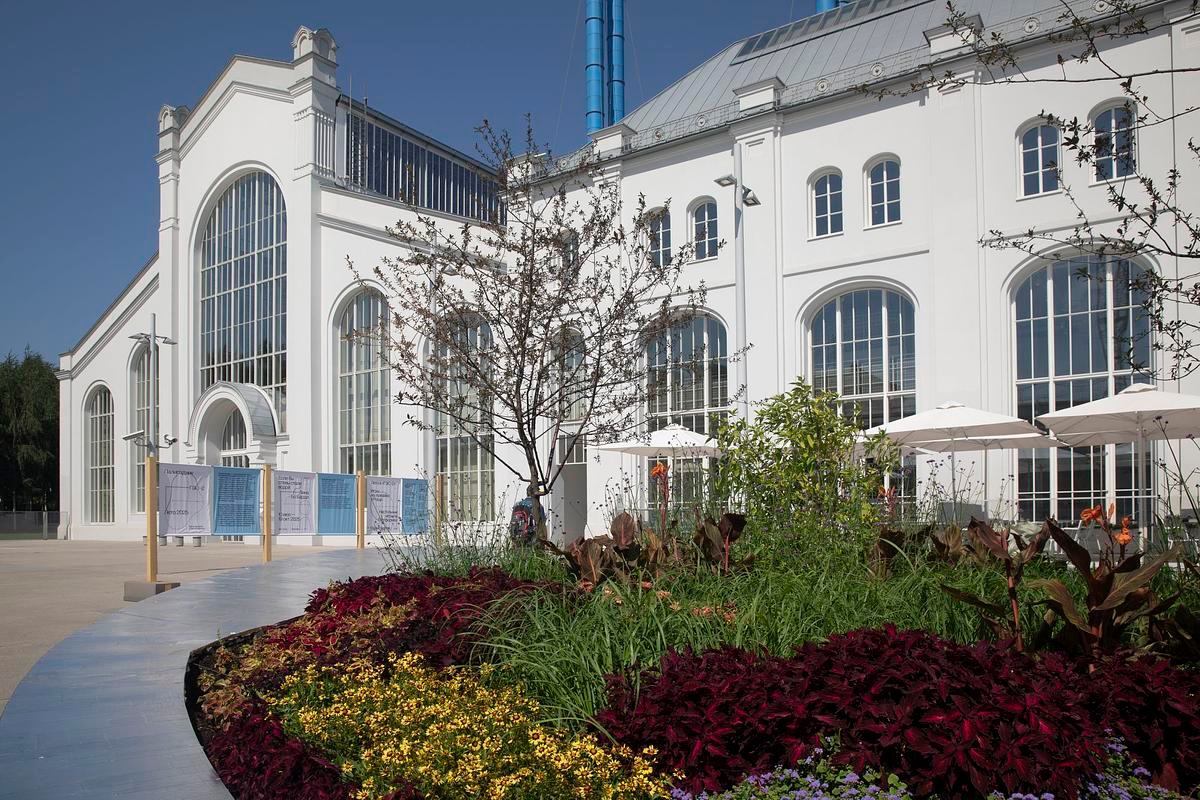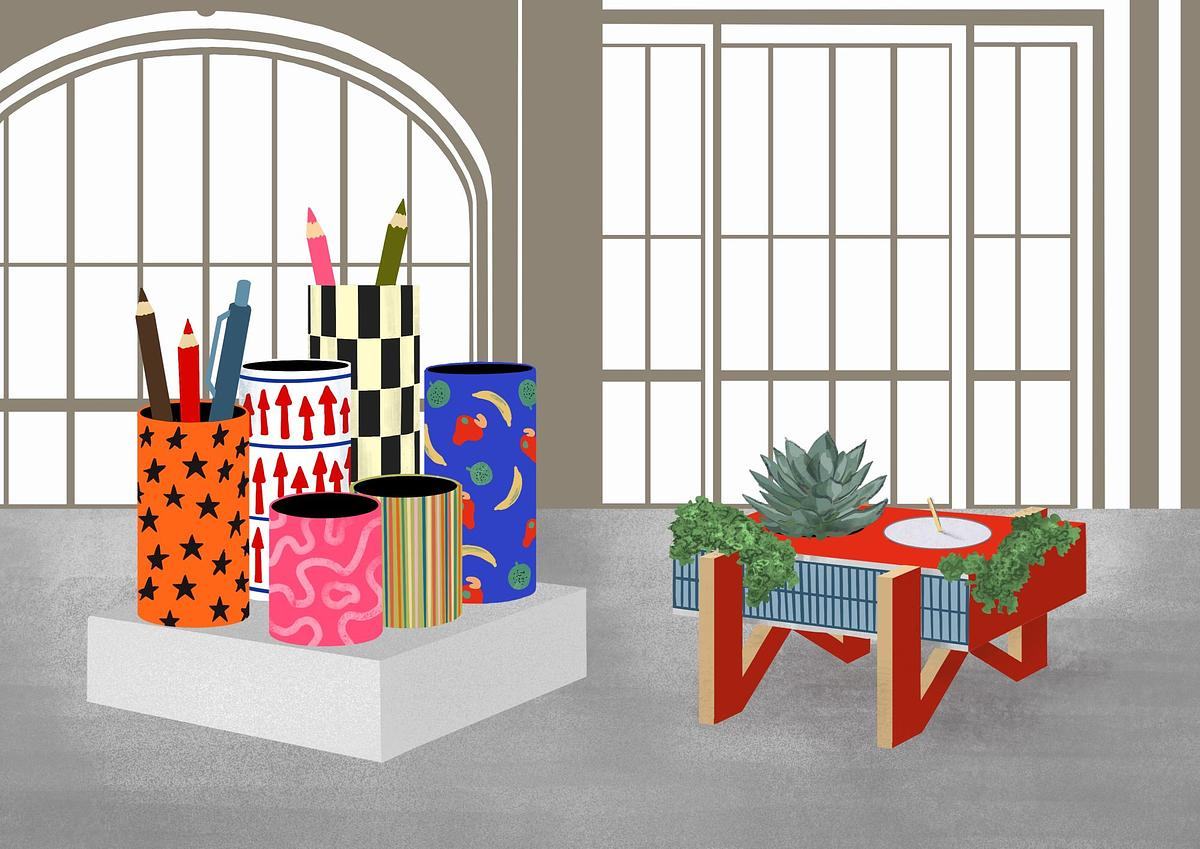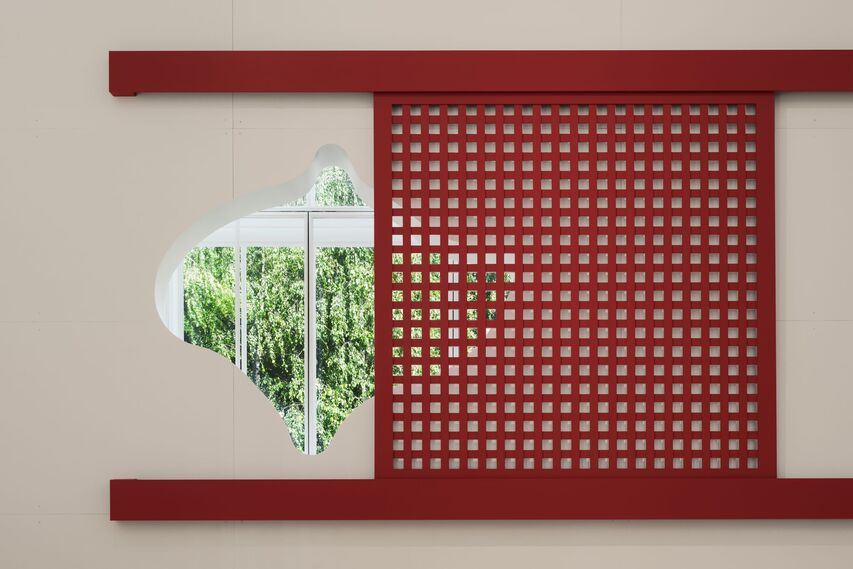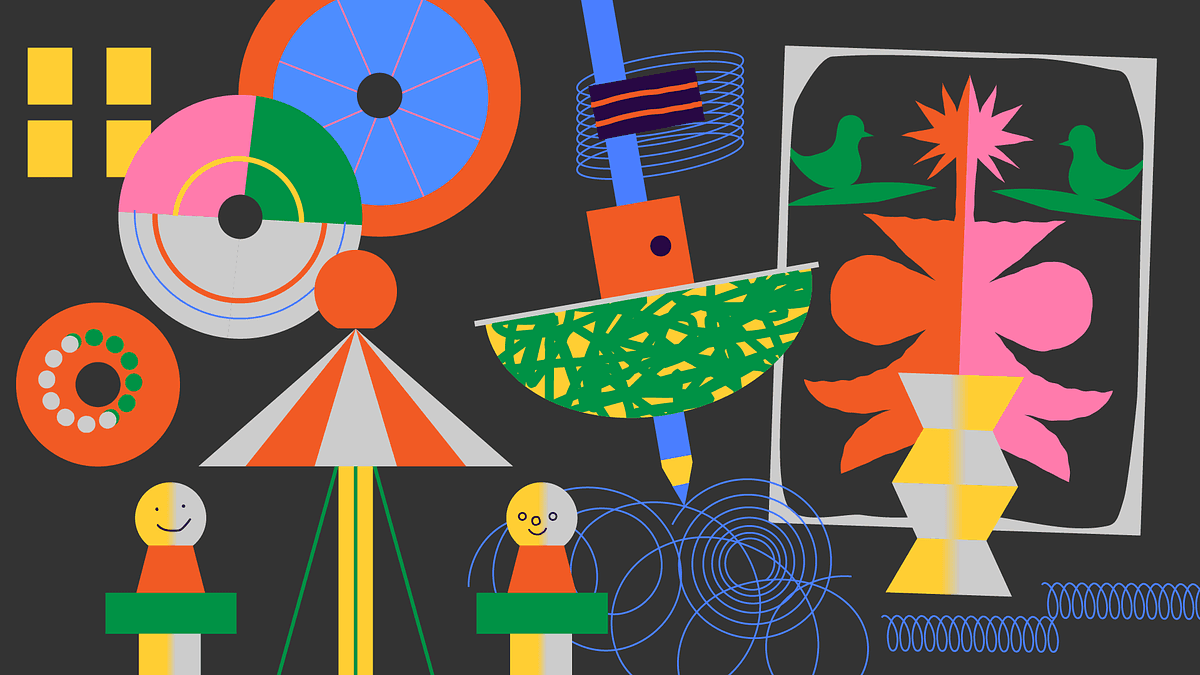
An international project about a woman architect, Lina Bo Bardi, who made a huge contribution to world culture.
An international project about a woman architect, Lina Bo Bardi, who made a huge contribution to world culture.
Lina Bo Bardi (1914–1992) belongs in the pantheon of the world’s most revered and influential architects. Today, 33 years after her death, her hugely varied work is attracting ever more interest as the scale of her talent becomes ever more apparent.
The interest in Latin America has grown from a general interest in the Global South and opportunities to explore this context. Lina Bo Bardi is a true pioneer: she proved to the world that architecture can be a way to achieve something together, that a museum can become an experience accessible to all. This is remarkably in harmony with the philosophy of
— Alisa Prudnikova, Programming director,
Lina Bo Bardi’s work can and should be viewed from different perspectives: museology, exhibition curation, institution building, politics, pedagogy, design, theatre, polemic with European and Brazilian modernism, relationships with folk and indigenous cultures—and all this in addition to architecture, her life’s main work and focus. One could say that she engaged with culture as such, constantly questioning its institutions, traditions, and laws of development.
— Katerina Chuchalina, Exhibition projects curator,
After training in Italy in the 1930s, Bo Bardi emigrated to Brazil in 1946, where for half a century she enthusiastically absorbed local traditions and creatively interpreted the country’s rich folk culture, while maintaining a dialogue with international modernism. Her approach to architecture and design championed social engagement and cultural specificity against the flattening of distinctive features that came with modernisation.
The other principal feature of Bo Bardi’s vision (which inspired the title of this exhibition at
The exhibition If These Walls Became Water presents Bo Bardi’s work from two complementary perspectives. At the centre of the narrative, on
For Lina, beauty was not only a category of artistic expression, but also something that helped one survive in a world full of inequality. This exhibition is dedicated to her rich legacy—not just as an architect, but also as a person who honoured fundamental needs familiar to everyone—for food, communication, laughter, socialisation.
— André Vainer, Guest curator, associate of Lina Bo Bardi
Lina would have been pleased to see her works in Russia—a country whose culture, literature, and avant-garde movements of the early twentieth century fascinated her, as they largely shaped the modern world.
— Marcelo Ferraz, Guest curator, associate of Lina Bo Bardi
The second part of the exhibition (in Gallery C6) aims to reveal the full breadth of the “Bardi-verse,” ushering visitors into Bo Bardi’s intellectual laboratory through a rich panorama of forms of creative expression, from sketches made on the fly to detailed drawings, from furniture to excerpts from texts, photographs, and archival footage.
In her work, Bo Bardi transcended disciplinary boundaries, approaching architecture with an anthropological perspective that combined popular knowledge with avant-garde experimentation, tackling every new challenge with unwavering rigour. She praised the architects of the Renaissance for being “masters of life” and she herself saw every new project, whether a house, museum, or theatre set, as an opportunity to transform everyday life through constructive means. The fruits of her approach can be seen in such iconic buildings as the São Paulo Museum of Art (MASP, 1957–1968), where galleries hover above the ground, disrupting the familiar museum topography and freeing the ground level for bustling city life, and where paintings are mounted on spectacular glass easels that blur the boundary between work and viewer, radically democratising museum experience.
Shown in Russia for the first time, these objects and archival materials create a comprehensive portrait of Bo Bardi’s (an)architecture, which is formally inventive and at the same time rooted in a living social context. It is an architecture that puts the human being at centre stage.
Lina Bo Bardi is rightly celebrated as an icon of Brazilian modernism, but she also carried forward the legacy of the historical avant-garde and its collectivist utopias. Yet her utopias are humane and unpretentious, intensely alive and genuinely spirited. This exhibition offers a stereoscopic view of her diverse body of work.
— Karen Sarkisov, Curator at
This project should not be viewed as a traditional exhibition about architecture. The sketches and drawings, working documentation, models, and photographs of buildings are not dispassionate evidence of a production process, but a vibrant, unusual archive of ideas that Lina implemented together with her co-authors and anyone who wanted to join in the collective creative process. Importantly, she did not sweep away the present with the future, but with special tenderness integrated the coming way of life into the surrounding reality with just one goal—to improve what many generations had created before her.
— Andrey Vasilenko, Curator at
All photos: Daniel Annenkov
Curators
André Vainer, Marcelo Ferraz, Andrei Vasilenko, Karen Sarkisov, Katerina Chuchalina
Producers
Stacy Dementyeva, Maria Kalinina, Alisa Kekelidze, Ksenia Makshantseva
Research assistant
Marcos Ferraz
Technical team
Andrey Belov, Alexander Dolmatov, Artem Kanifatov, Ksenia Kosaya, Maksim Lapshin
Art logistics and registration
Angelina Korovina, Daria Krivtsova, Daria Maksimova, Daria Pankevich
Architecture
sashakim.studio: Sasha Kim, Ira Ten
Accessibility and inclusion team
Aleksandra Kharchenko, Vlad Kolesnikov, Victoria Kuzmina, Varya Merenkova, Vera Zamyslova
Graphic design
Maria Vinogradova, Maria Kosareva
Editors
Daniil Dugaev, Olga Grinkrug
English texts
Ben Hooson
Media specialist
Anastasia Melnikova-Belinskaya
The exhibition is organised in collaboration with
SESC Pompéia
Instituto Lina Bo e Pietro Maria Bardi
Special thanks to the director, teachers, and students of START ART School in Moscow for their contribution to the Wooden Poles installation. The project team included: Imana Abaeva, Alevtina Antonova, Yulia Arkhangelskaya, Emilia Dontsova, Daria Gauptman, Natalia Durnovo, Eva Erorshina, Lisa Grosheva, Bozhena Gulivataya, Kira Ivanova, Zara Karginova, Kristina Koliverda, Timofey Konoplenko, Lera Kubrina, Anna Lashkul, Mark Lysenko, Maria Mashina, Miroslava Nikitenko, Polina Oleshenko, Filipp Repetto, Varya Saratseva, Maria Semusheva, Sofya Shishova, Dana Sinitsyna, Alisa Skovikova, Alisa Tarasova, Anna Tutenkova, Masha Zatseplina, Pavel Zemlianukhin
Special thanks to Stroganov Russian State University of Design and Applied Arts and its design students for the contribution to the creation of the Dodecahedron

